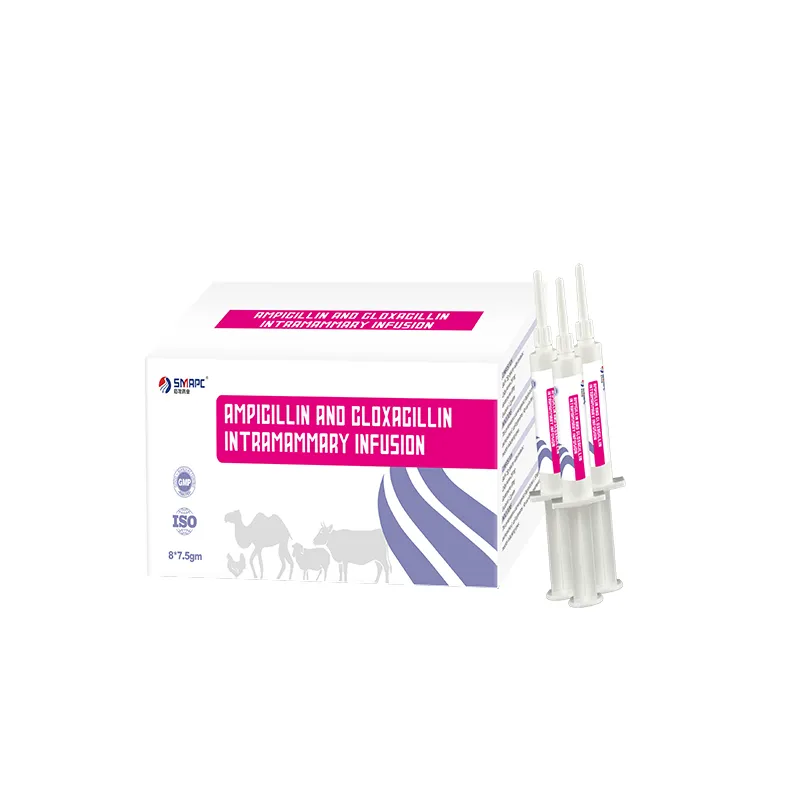
Exploring the Uses and Safety of E127 Food Additive in Modern Food Production
Understanding E127 The Food Additive in Focus
In the world of food production and consumption, additives play a crucial role in enhancing the quality, appearance, and shelf-life of products. Among these additives is E127, known scientifically as Erythrosine. This vibrant red dye is primarily derived from the coal tar or synthesized through chemical processes. It is commonly utilized in the food industry and cosmetics, largely for its aesthetic contributions.
Origin and Composition
E127 is a synthetic dye, and its use dates back to the 19th century. It's categorized as a color additive and is recognized by its striking cherry-red hue, making it particularly popular for confectionery items, desserts, and beverages. The chemical structure of erythrosine allows it to absorb specific wavelengths of light, which gives it its unique coloring properties.
Applications of E127
In the realm of food, E127 is often found in a variety of products, including candy, ice cream, and even certain types of maraschino cherries. Its bright coloration serves to attract consumers, especially children, and enhance the visual appeal of foods. Beyond food products, E127 is also commonly used in pharmaceuticals and cosmetics. In the cosmetic industry, it can be found in products like lipsticks and creams, where a vibrant color is desired.
Safety and Regulations
e127 food additive

The safety of food additives such as E127 has been a topic of considerable debate. Regulatory bodies, including the European Food Safety Authority (EFSA) and the U.S. Food and Drug Administration (FDA), have set guidelines for its use. In the EU, E127 is approved for specific uses, subject to strict regulations regarding maximum allowable concentrations in food products. However, there are concerns regarding its potential health effects, particularly in individuals sensitive to food dyes.
Some studies have indicated that E127, along with other artificial dyes, may be linked to hyperactivity in children and other behavioral issues. Consequently, in countries like the United Kingdom, there are calls for clearer labeling on products containing artificial additives, prompting manufacturers to reconsider the use of such ingredients.
Public Perception and Alternatives
Consumer awareness surrounding food additives has grown substantially in recent years. As more individuals seek natural and organic products, the demand for synthetic dyes like E127 is declining. Many manufacturers are exploring alternatives such as beet juice, paprika extract, and other plant-based colorants. These natural dyes not only provide color without perceived health risks but also align with consumers' desire for transparency in food production.
Conclusion
E127, or Erythrosine, illustrates the complex interplay between aesthetics, safety, and consumer awareness in the food industry. While it serves a functional purpose in enhancing the visual appeal of various products, its synthetic nature has led to scrutiny regarding potential health implications. As the market shifts towards more natural and less synthetic additives, it remains essential for consumers to stay informed about the ingredients in their food and to advocate for transparency and safety in food production. Each individual can contribute by making conscious choices about the foods they consume, thereby influencing manufacturers to prioritize safer and more holistic ingredient practices. In this ever-evolving landscape of food science, understanding additives like E127 is just the beginning of a broader conversation about health, safety, and sustainability in our diets.
-
nitrile-rubber-honoring-strict-production-standardsNewsAug.22,2025
-
aspartame-ingredients-honoring-food-safety-valuesNewsAug.22,2025
-
fertilizer-for-balanced-plant-nutritionNewsAug.22,2025
-
cyanide-gold-processing-with-high-purity-additivesNewsAug.22,2025
-
formic-acid-in-textile-dyeing-applicationsNewsAug.22,2025
-
aluminum-hydroxide-gel-in-skincare-productsNewsAug.22,2025
-
Regulatory Compliance for Global Mining Chemicals UseNewsAug.12,2025
Hebei Tenger Chemical Technology Co., Ltd. focuses on the chemical industry and is committed to the export service of chemical raw materials.
-

view more DiethanolisopropanolamineIn the ever-growing field of chemical solutions, diethanolisopropanolamine (DEIPA) stands out as a versatile and important compound. Due to its unique chemical structure and properties, DEIPA is of interest to various industries including construction, personal care, and agriculture. -

view more TriisopropanolamineTriisopropanolamine (TIPA) alkanol amine substance, is a kind of alcohol amine compound with amino and alcohol hydroxyl, and because of its molecules contains both amino and hydroxyl. -

view more Tetramethyl Thiuram DisulfideTetramethyl thiuram disulfide, also known as TMTD, is a white to light-yellow powder with a distinct sulfur-like odor. It is soluble in organic solvents such as benzene, acetone, and ethyl acetate, making it highly versatile for use in different formulations. TMTD is known for its excellent vulcanization acceleration properties, which makes it a key ingredient in the production of rubber products. Additionally, it acts as an effective fungicide and bactericide, making it valuable in agricultural applications. Its high purity and stability ensure consistent performance, making it a preferred choice for manufacturers across various industries.





